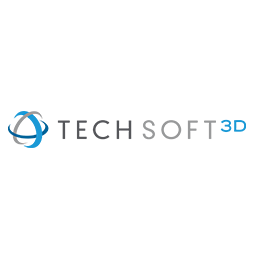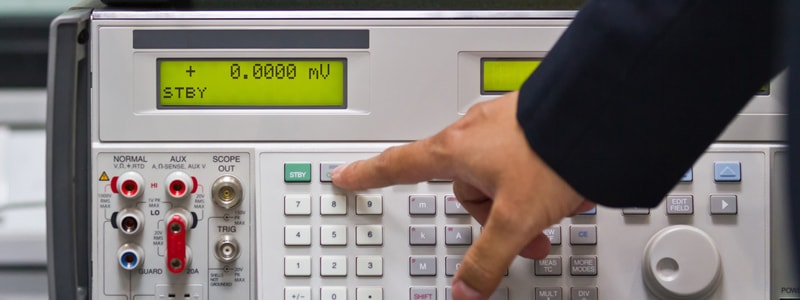
Developing the Next Generation of Metrology Software

What is needed to fuel the next generation of metrology software?
Metrology is the science of measurement. This field aims to establish a standard comprehension of all measured units, both theoretical and experimental, and create definitions of different units of measurement in any science or technological field.
The study of measurements is separated into three parts: the definition of the units of measurement, the understanding of the use of these units of measurement, and traceability, which is linking measurements together with the reference standards.
There are also three subfields within the field of metrology:
- fundamental metrology, also known as scientific metrology, which deals with the creations of units of measurement
- applied metrology, also known as industrial metrology or technical industry, is the use of measurements in manufacturing and other similar procedures
- legal metrology which deals with the legal requirements and regulations for methods and measurement and instruments used for measurement.
Metrology software refers to the computer tools and technology that are used for this science of measurement.
This whitepaper by Tech Soft 3D addresses the pressure that vendors of metrology software in the coordinate measuring machine (CMM) market are facing. Manufacturers want these vendors to do more faster and to also keep up with the quickly rising new trends in technology. For example, vendors face questions of whether or not coordinate measurement machines will be built with cloud connectivity or incorporated into the Internet of Things (IoT). How can the creators of CMM increase the automation of the inspection process?
CMM makers must build metrology software that can meet the current demands of the market and also grow and evolve to keep up with all the upcoming trends in technology fields. This whitepaper looks at how manufacturers can streamline their product development procedures, deal with new technology trends such as cloud computing and the Internet of Things, and how they can make use of dependable technology solutions.
After taking a broad look at the entire field of coordinate measuring machines, the whitepaper discusses how manufacturers can:
- get measurements and inspections of their product development processes as close to the actual finished product
- build and inspect many different computer-aided design (CAD) file formats from many different applications
- buy, rebuild, or develop better software
- make the most of existing software
- use software development toolkits (SDKs)
- add more functionality to their products
- add new sensors to their methodology
It also discusses the creation of strategies centered around technology trends such as connectivity, the Internet of Things, data sharing, the cloud, mobile computing, and interactive 3D PDF files.
Also dealt with in this whitepaper are the more particular aspects of developing metrology software, such as:
- access to accurate and high-quality computer-aided design data
- the loss of accuracy, data integrity, and performance involved in software development kits translating surfaces that they can’t represent
- the use of data access to avoid lower quality data
In addition, this whitepaper deals with how geometric modeling machines, also known as solid modelers, are used by coordinate measuring machines to perform the mathematically intense operations required by metrology workflows. It discusses how data can be accurately and quickly put into both commercial solid modelers and internally developed solid modelers, as well as how to do CMM that does not require the use of a solid modeler.
It then talks about the importance of using computer-aided design tools that allow the annotation of 3D models with product manufacturing information (OMI) and geometric dimensions and tolerances (GD&T). It also addresses the importance of high-performance visualization in metrology software, the essentiality of CMM being able to generate PDF reports and use 3D data, interactive 3D models, and attachments of the native CAD file to enhance those reports. The paper then goes on to address how metrology software can enable the sharing of data anywhere by implementing cloud connectivity.
This whitepaper also suggests toolkits and software platforms like HOOPS Exchange, Siemens Parasolid, and HOOPS Desktop Platform, so that development of metrology software can be accelerated and market demands can be met, both today and in the future. This whitepaper is essential reading for anyone whose business is in the field of metrology software and is looking to stay on the cutting edge of new developments in the field.
